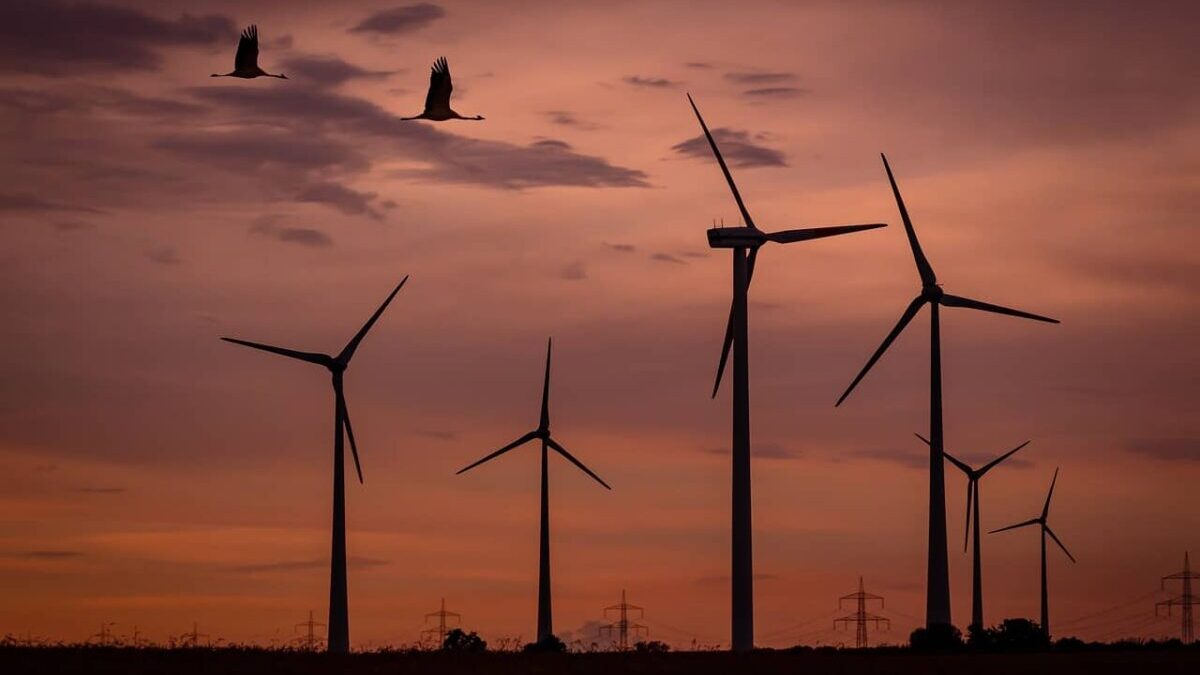Since Russia began its brutal invasion of Ukraine in February last year, the law of unintended consequences has been in full swing. The aggressive attack has accelerated Europe‘s clean energy rather than solidifying Russia’s grip on fossil fuels, according to CleanTechnica.
Currently, green hydrogen and electrofuels have been added to a new German-Danish offshore wind project in the Baltic Sea, turning the decarbonization gear up to 11.
Russia has the potential to operate Offshore Wind in The Baltic Sea
Russia’s war changed the industry’s perception of the Baltic Sea in the worldwide offshore wind market. In fact, Denmark, Estonia, Finland, Germany, Latvia, Lithuania, Poland, and Sweden are among the eight EU countries that closely ring the sea.
In the EU’s race to break its connections with Russia over fossil fuels, this places the Baltic Seafront and center.
The Baltic Sea has 2 gigawatts of offshore wind power delivered by Wind Europe in 2019 among Finland, Sweden, Denmark, and Germany. Well, that is nothing compared to the Baltic Sea offshore wind energy’s estimated capacity of around 93 gigawatts predicted by the European Commission. This 93 gigawatts prediction is expected to produce 325 terawatt-hours annually or about 30% of the total energy consumption of Baltic nations as of 2016.
More offshore wind potential will be harnessed with the aid of new floating turbine technology, just like how Sweden is already planning to install floating turbines generating 4.75 gigawatts at two locations in the Baltic Sea.
On the other hand, Russia could have a strong position on offshore wind development in the Baltic Sea through Kaliningrad, but it is already Russia’s Baltic Fleet headquarters. Although it seems like Russian President Vladimir Putin is now preoccupied with other issues, the Baltic states’ ability to independently produce their own energy poses a hidden threat.
Germany and Denmark entered Baltic Offshore Wind
A new partnership on renewable energy in the Baltic Sea was launched by Germany and Denmark last week, causing controversy on the Internet.
In an effort to defend the two nations and the EU against Russian domination, the offshore wind angle as its front and center is just one part of a sprawling 7-section Action Plan.
“Given the high ambitions of both governments on the climate agenda, the Action Plan sets out the promotion of a real green transition as one of its main objectives,” the German Federal Foreign Office explained.
“In order to combat climate change and reduce dependency on fossil fuels from Russia, we declare our willingness to increase our bilateral cooperation on accelerating a green energy transition as soon as possible – both in Northern Europe, in the EU and globally,” they added.
Interestingly, by utilizing both the North Sea and the Baltic Sea, the objective is to develop offshore wind as the “Green Power Plant of Europe.”
“By initiating steps towards an interconnected offshore power grid in Europe, we must optimise how we use our wind resources most efficiently. Setting up joint and hybrid projects with wind parks connected to more than one country will contribute to this. To best realise massive offshore wind potentials in the North Sea and the Baltic Sea, a close collaboration between the two countries will be important in securing the supply of green electricity to European households and businesses,” they explain.
Germany will have access to at least 3 gigawatts of Baltic Sea wind due to a recently announced collaboration with Denmark’s planned offshore hub.
Green Hydrogen
It is worth noting that the new Action Plan’s fundamental component is the link between offshore wind and green hydrogen. The two companies plan to take advantage of Denmark’s comparatively low hydrogen demand and great potential for producing green hydrogen. The extra capacity might readily be used by Germany and other EU countries.
“Germany…foresees a significant demand for hydrogen, e.g. to decarbonise the German heavy steel and chemical industries,” the Foreign Office notes. “As neighbouring countries, Denmark and Germany will focus on initiating a dialogue on building a hydrogen infrastructure to transport hydrogen through pipes between Denmark and Germany.”
Electrofuels
Another critical element of the Action Plan is the production of electrofuels, which can be made with carbon extracted from industrial processes and other non-fossil sources. Having said that, many Baltic countries and Sweden considered electrofuel.
The Action Plan commits Germany and Denmark to continue their development of a Power-to-X industry, which has already begun.
“Utilisation of carbon for the production of Power-to-X (PtX) products seems necessary in order to decarbonise hard to abate sectors like aviation, shipping and certain energy intensive industrial processes,” they note. “Early uptake on PtX products is likely to increase the speed of the transformation by use of the PtX fuels, which is subject for further cooperation. Germany and Denmark will continue the common work.”
The Action Plan also covers other factors besides hydrogen and electrofuels, including energy efficiency.

